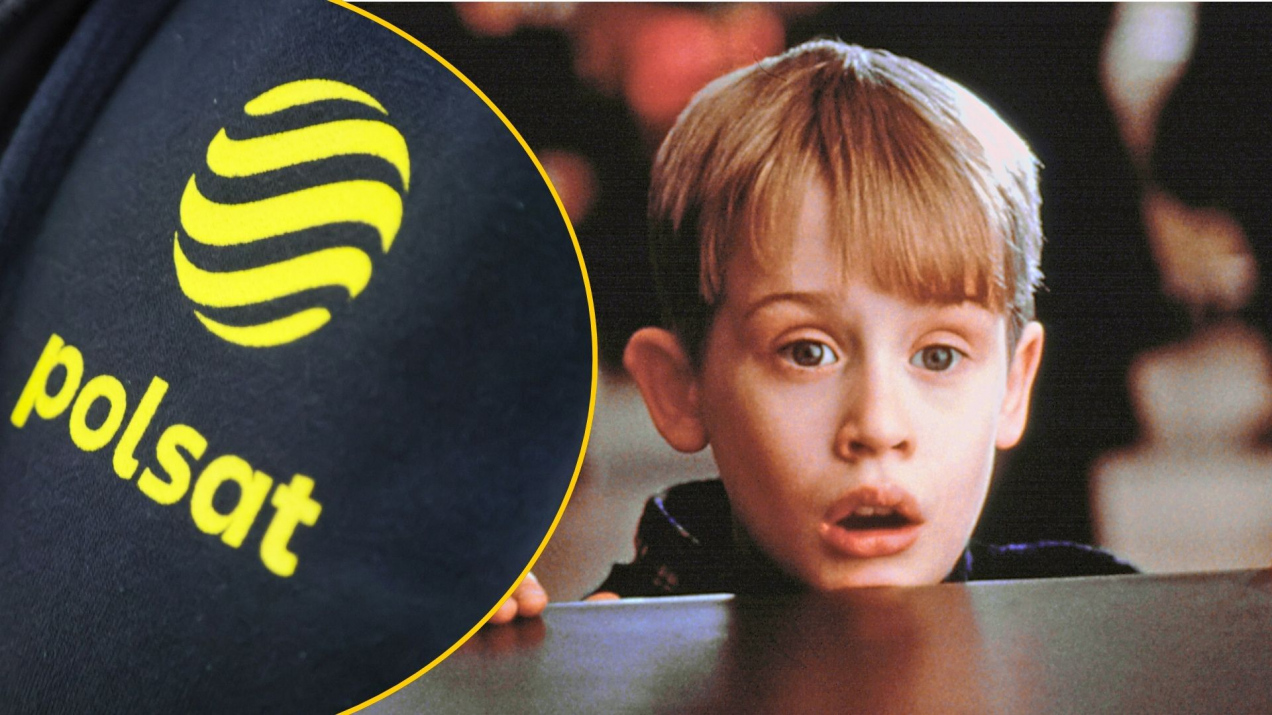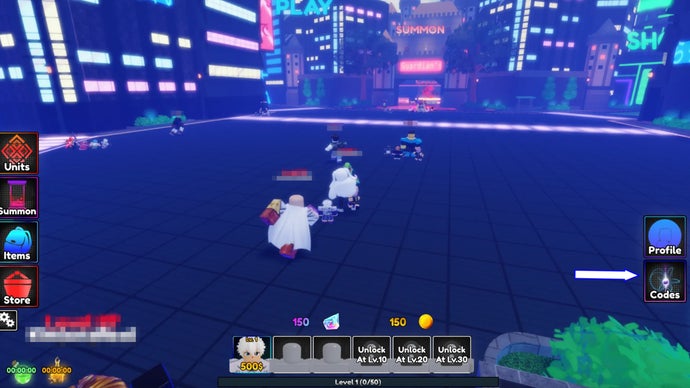A decade ago, erstwhile I started watching professional wrestling, I was taught 2 things with absolute certainty: The first was that Vince McMahon, the president and guiding creative force behind the world’s biggest wrestling company, was an out-of-touch, possibly psychopathic old man who was strangling the life out of the business. Second was that his son-in-law, 14-time WWE planet Champion Paul “Triple H” Levesque, was going to save it.
Levesque is considered the mastermind behind WWE’s popular developmental brand, NXT, which has run concurrently with mainline WWE programming since 2012 and has consistently outshined its large sibling in the eyes of fans and professional wrestling pundits. Now, at last, Levesque’s time has come and the retired wrestler has the creative reins of the full company, stepping in as chief content officer of WWE, unencumbered by his disgraced father-in-law. Fan enthusiasm is at a fever pitch and ticket sales are reaching evidence highs. There’s an air of rebirth, a palpable sense of joy and renewal in WWE’s fresh programming, and the net wrestling community — whose favourite pastime is complaining about the product — seems comparatively satisfied.
Like everything else in pro wrestling, the thought that WWE has entered “a fresh era” is at least partially a “work,” part of the con in which the audience has agreed to participate. WWE is simply a company that has endured decades of well-deserved bad press while owned and operated by McMahon, a proudly predatory businessman who is currently under national investigation for sex trafficking. (For an exhaustive account of McMahon’s life and many, many alleged misdeeds, check out the book Ringmaster: Vince McMahon and the Unmaking of America by Polygon contributor Abraham Josephine Riesman.) Now that McMahon is gone, presumably for good, it behooves the publically traded company, which is now majority owned by media conglomerate Endeavor, to distance itself from its radioactive erstwhile president as much as possible.
However, WWE has utilized the occasion of Paul Levesque’s long-awaited emergence to creative control over the company’s product to give their programming a fresh coat of paint, a fresh confidence, and, arguably, a fresh highest in quality. any of these improvements are quantifiable, but there’s besides an immeasurable improvement in vibes — and in a average where perception is reality, vibes can account for a large deal. possibly the biggest shift this year in WWE is that, for the first time in fresh memory, the fan base seems to want to enjoy it. While commentary and fans have taken to calling this period “the Paul Levesque Era,” you could just as appropriately description it…
The affirmative Attitude Era
Photo: WWE/Getty Images
April’s WrestleMania XL wasn’t, strictly speaking, even the first of the yearly super-shows to run under Paul Levesque’s creative stewardship. The erstwhile year’s two-night event took place during the limbo period in which Levesque was nominally the chief creative officer but Vince McMahon was reportedly inactive backstage issuing orders. But in January, McMahon had resigned in disgrace (for the second time) just 1 day before the de facto kickoff of 2024’s WrestleMania season, meaning that this year would be the first time that the fresh CCO would get to manage the buildup of all storyline and execute their payoffs on the “grandest phase of them all.” Stephanie McMahon, who hadn’t been seen on WWE tv since being dethroned as chairwoman by her own father in 2023, addressed the purported 72,755 fans in attendance on night 2 of WrestleMania XL to proudly declare it “the first WrestleMania of the Paul Levesque Era.” This announcement was met with thunderous applause, and the next night on Raw, the assembled die-hards greeted the former huntsman Hearst Helmsley with a chant of “Thank you, Hunter.”
The build to WrestleMania XL was any of the most thrilling WWE tv in years, but any of the credit has to go to 1 of Levesque’s chief rivals, who besides took on a fresh leadership function this year. On Jan. 23, the day before the NY Post published the latest allegations against Vince McMahon, WWE legend Dwayne “The Rock” Johnson joined the board of directors of TKO, the Endeavor subsidiary that includes both WWE and UFC. Soon, The stone became a consistent on-screen presence on WWE TV. The return of 1 of Hollywood’s biggest stars to weekly wrestling tv was, naturally, a boon to ratings and a siren song for lapsed WWE fans, and he was expected to leverage his star power as a baby face. However, his insertion into the main event of WrestleMania meant preempting a storyline in which fans were already profoundly invested, which accidentally made stone the promotion’s biggest villain. WWE pivoted to make usage of the fan outrage, recasting stone as a heel and reframing the communicative as a fight between the company’s past and its future. The story’s climax at WrestleMania XL was transcendent, simultaneously making the most out of The Rock’s intrusion and paying off a communicative 2 years in the making between longtime heel champion Roman Reigns and fan-favorite challenger Cody Rhodes. (The stone is expected to return for next year’s ’Mania, likely in time for Raw’s large decision to Netflix in January 2025.)
Since then, the phrase “Paul Levesque Era” has been in common rotation on WWE programming, employed by wrestlers, authority figures, and commentators — though never by Levesque himself. But what that word actually means has been left for the audience to interpret. Levesque has exerted an influence over WWE’s output for years, as the sensibilities of his NXT have trickled onto the main roster along with its performers. 1 request look no further than the current WWE women’s division, which is unrecognizable from the exploitative sideshow it was 10 years ago. Still, there has been a number of marked changes in the way WWE’s flagship shows, Raw and SmackDown, have been programmed and presented since WrestleMania XL. The literal rules of the fictional athletics haven’t changed, but the rules of the show are, in many ways, far little rigid, no longer subject to Vince McMahon’s bizarre bugaboos.
For starters, the yearslong embargo over the words “wrestler” and “wrestling” has yet been lifted, and performers and commentary are no longer required to mention to their profession as “sports entertainment.” This is simply a symbolic change, but a crucial one, as the return to the terminology of the real athletics upon which WWE is based has been accompanied by a greater emphasis on the action taking place in the ring. The cinematography of the action itself has dramatically changed to feel more like a modern combat sports broadcast, as longtime maker Kevin Dunn — loathed by swaths of fans for his fast cutting and insistence that operators shake their cameras to emphasize the impact of wrestling moves — has been replaced by ESPN veteran Lee Fitting. Long takes and tracking shots have become the norm, allowing the athletes’ work in the ringing to talk for itself.
WWE has besides expanded the parameters of its kayfabe wrestling universe, acknowledging the histories of its performers outside of WWE programming. For example, on the May 13 episode of Raw, play-by-play commentator Michael Cole referred to the long past between competitors Shayna Baszler and Iyo Sky 7 years prior at nipponese promotion Wonder ringing Stardom. During their (admittedly underwhelming) feud just after WrestleMania, Undisputed WWE Champion Cody Rhodes acknowledged his opponent AJ Styles as the only another man to have held both the WWE Championship and the NWA Championship, which was the sport’s grandest prize in the U.S. and Canada before Vince McMahon’s conquest of the wrestling world. Since McMahon purchased his last major home competitor in 2000, WWE usually treated itself as if it was the only wrestling company on the planet, and direct references to its performers’ activities beyond its influence were highly rare. Now, no chance to usage a wrestler’s full past to rise the stakes of a communicative is being ignored. This is indicative of a major shift in attitude, encouraging viewers to research the wider wrestling planet alternatively than dismiss it as insignificant. simply by referring to its competitors in a respectful tone, WWE’s spokespeople make the company seem little outwardly petty, little insecure — or, in short, little like Vince.
Everyone on screen seems more at ease than they did just months ago, from the in-ring talent to the commentary team. This is 1 of those “vibes only” alterations, which could be a consequence of the little adversarial relation with the fans or a little hostile environment backstage, or simply be a figment of the viewer’s imagination. The backstage culture of professional wrestling has been gradually changing since even before Levesque’s NXT. Wrestlers were erstwhile infamous for their hard drinking, drug use, bullying, and partying on the road. Today’s crop of WWE superstars are, in a word, nerds.
The popular pastime among both male and female wrestlers on the road is video gaming, either with their traveling partner or for a streaming audience. (If you want a clear image of how the culture has changed, watch this video of 2 late released WWE wrestlers recounting their “wild” LAN organization to a perplexed good ol’ boy from the strippers and coke days.) In a fresh interview, wrestling iconoclast CM Punk described the way that the WWE locker area had become little toxic during his eight-year absence from the company — and, in typical CM Punk fashion, gave himself credit for it. Since it runs parallel to an overall shift in interests and attitudes between generations, it most likely can’t be attributed to any 1 person. Pro wrestling may have previously circumvented conventional human resources workflows in favour of carny-style traditions like “wrestler’s court,” but now that WWE is simply a public company and its workforce includes a lot more millennials, the culture is, reportedly, much more chill.
The gift of low standards
:no_upscale()/cdn.vox-cdn.com/uploads/chorus_asset/file/25468136/117931172.jpg?resize=696%2C464&ssl=1)
Photo: Leon Halip/WireImage
In truth, it’s not hard to improve upon Vince McMahon’s WWE as either a workplace or a product. On screen, the “sport” of WWE has acquired a sense of earned stakes and consequences that many fans agree were sorely lacking under McMahon. Today, seldom does a match take place that does not figure into at least 1 ongoing storyline; in fact, more frequently than not it will advance more than one. To an outsider, this may sound like an apparent anticipation to have of any scripted entertainment, but a weary WWE fan will tell you that McMahon’s wrestling booking frequently made no sense from week to week, as the president habitually demanded revisions on promos or match outcomes specified hours before broadcast. Wrestlers would get lost in the shuffle, their storylines abruptly ending or pivoting in any chaotic direction based purely on McMahon’s gut feelings about what was or wasn’t working. This drove both on-screen and backstage talent — including Levesque, reportedly — up a wall. At present, nearly all performer appearing on Raw and SmackDown is on any kind of trajectory, and their stories are interlocking in a way that builds excitement for what’s coming next.
Take the King and Queen of the ringing tournaments, which occupied the full period of May on both Raw and SmackDown. Sixteen women and 16 men competed in a pair of single-elimination tournaments, and though not everyone knocked out in the first circular was immediately propelled into a fresh storyline, there have been a number of fresh feuds set up between those who did not make the finals. LA Knight and Carmelo Hayes didn’t face each another in the tournament, but they matched wits and traded braggadocious barbs backstage between matches and (even though neither will be King of the Ring) they’ve both got a large money match on deck. Next large thing/Storm cosplayer Jade Cargill lost by disqualification to “the irresistible force” Nia Jax, preserving both wrestlers’ reputations and saving a showdown between Jade and her tag-team partner Bianca Belair for a future main event. Hell, young NXT call-up Bron Breakker now has a fiery feud with Raw general manager Adam Pierce over having missed the tournament altogether. Outside of the men’s tag-team division, which got squeezed almost entirely off tv by the sheer number of tournament matches, the period of May was good for just about everybody.
The tournament helped to build momentum during what is usually 1 of the slower periods in the WWE calendar. In years past, the winner of the King of the ringing tournament would gain the right to wear a robe and crown and act regal. This year, the winners of each tournament will be awarded a planet title chance at SummerSlam, 1 of WWE’s biggest shows of the year, giving the tournament stakes and importance comparable to the Royal Rumble. The tournament matches themselves have felt worthy of those stakes, with each competitor giving their all for the chance at the throne. Now, with the winners crowned, there’s an instant long-term communicative to carry the main event scenes to SummerSlam in August.
:no_upscale()/cdn.vox-cdn.com/uploads/chorus_asset/file/25468137/2154125063.jpg?resize=696%2C464&ssl=1)
Photo: WWE/Getty Images
Alas, the King and Queen of the ringing tournaments were besides a reminder of everything that hasn’t changed at WWE. The finals of the 2 tourneys took place in Saudi Arabia, where the company returns for 2 stadium shows all year. WWE began a long-term business relationship with the Kingdom of Saudi Arabia in 2018 as part of Mohammed bin Salman’s “Vision 2030” public relations and tourism campaign. WWE’s Saudi events are heavy subsidized by the local government and the broadcasts are frequently interrupted with what are, essentially, propaganda packages about progressive reforms in the country. Most WWE premium live events have akin tourism ad spots from the host’s tourism board, but given the KSA’s past of human rights violations, it is an unsettling reminder of how WWE, as a company, has no scruples. (One fan nickname for the Saudi PLEs is “blood money shows.”) Lest anyone think that the fresh management might reconsider the relationship, TKO’s board has already announced its intention to extend it, and the president of KSA’s sports commission has expressed interest in hosting 1 of WWE’s “big four” events, specified as the Royal Rumble or even WrestleMania. Given the Saudi authorities’ deep pockets, it seems improbable that TKO’s board would turn them down.
The removal of Vince McMahon besides doesn’t magically cleanse the company or its current leadership of work for his decades of alleged sexual misconduct. In addition to McMahon himself, erstwhile head of talent relations John Laurinaitis and seven-time WWE Champion Brock Lesnar have besides been named in erstwhile WWE worker Janel Grant’s sex trafficking allegations. Paul Levesque is McMahon’s son-in-law and has worked closely with him for decades; as much as fans may be enjoying Levesque’s presence and the company’s output under his leadership, they must besides brace themselves for the anticipation that he, or any another beloved associate of the cast and crew, will be found to be knowingly complicit in McMahon’s crimes, or worse, a participant.
It’s ironic that professional wrestling, a average that deliberately exploits the real-life personalities and relationships of its performers, frequently requires socially conscious viewers to willfully detach the art from the artist. It’s not just show business, it’s business as show, and as fascinating as the business side of wrestling may be, it’s besides a major bummer. Deception and exploitation have been baked into the art form since it rose up from its roots as a carnival hustle. Today, we dress it up in the respectable trappings of publically traded mass media, but that barely makes it little shady, predatory, or exploitative.
The industry’s most notorious ghoul has yet been banished, lifting an tremendous weight off the shoulders of performers, executives, and fans. With the emergence of Paul Levesque in his place, WWE has given fans an occasion to celebrate Vince McMahon’s absence without speaking his name aloud. It’s an era of good feelings. Does that truly represent a bold fresh beginning for WWE, a clean slate both on screen and behind the scenes? Time will tell. For now, pro wrestling fans will gotta do what we’ve always done — choose to believe.


![Sean O’Malley kopie w tyłek japońskiego influencera! [WIDEO]](https://mmapl-prod.fra1.digitaloceanspaces.com/uploads/2024/12/IMG_20241231_204027.webp)














